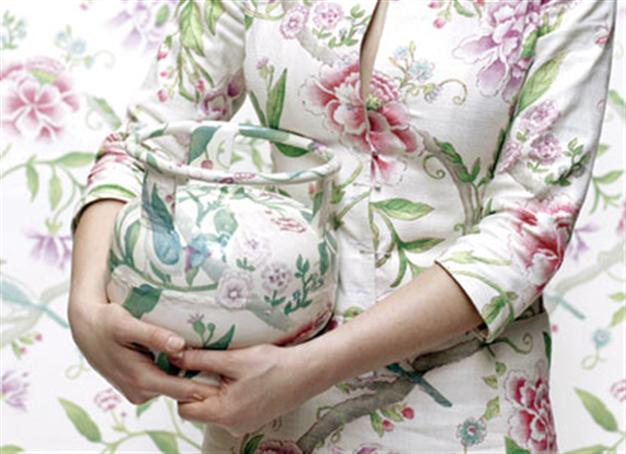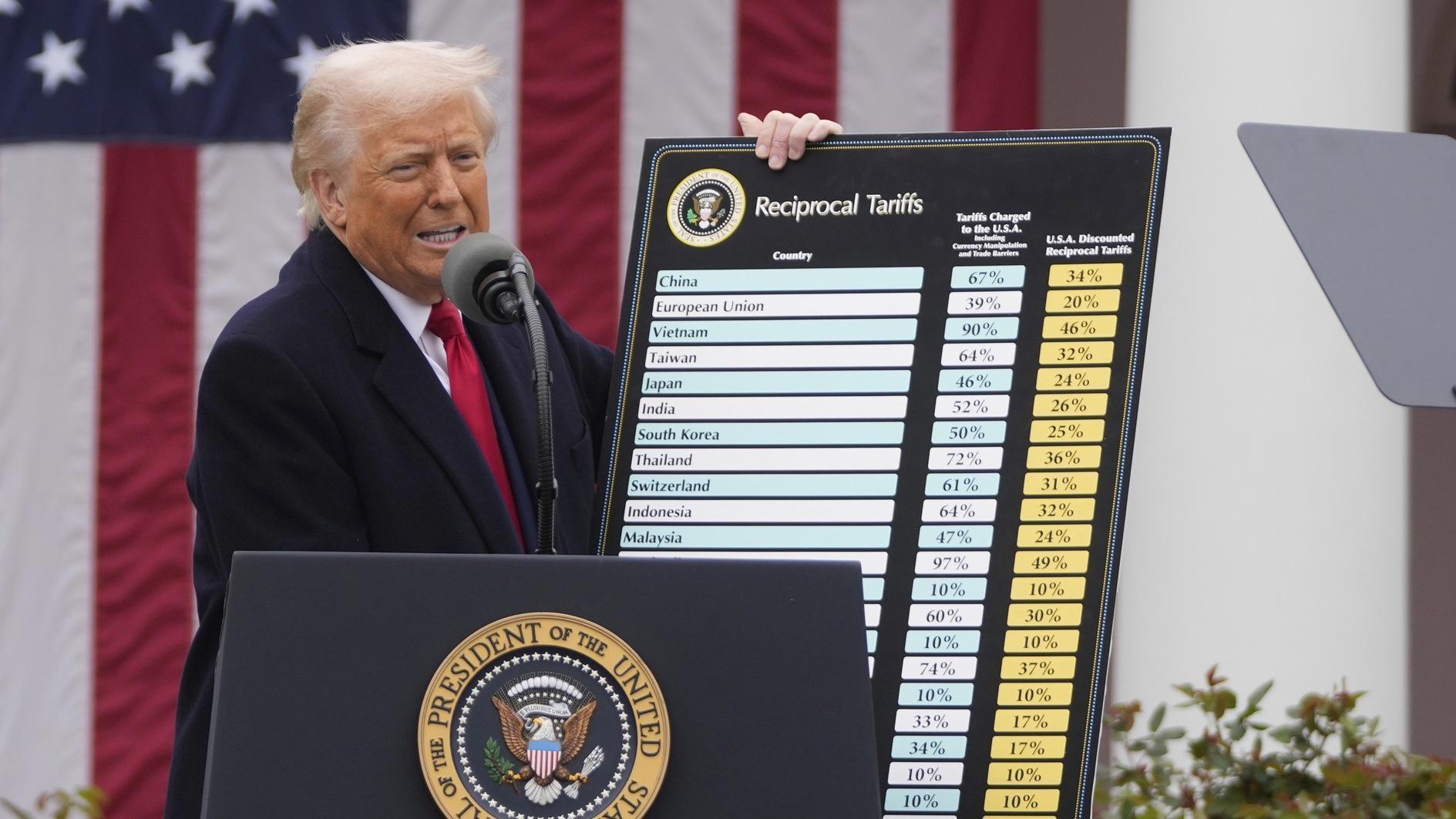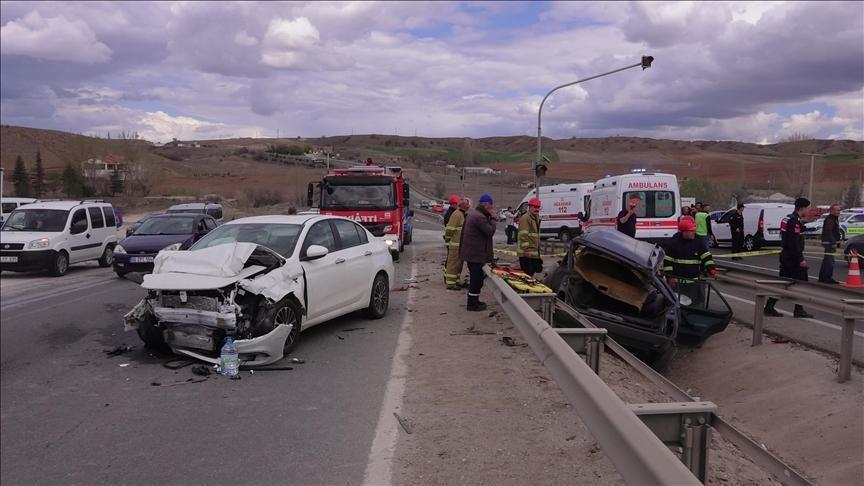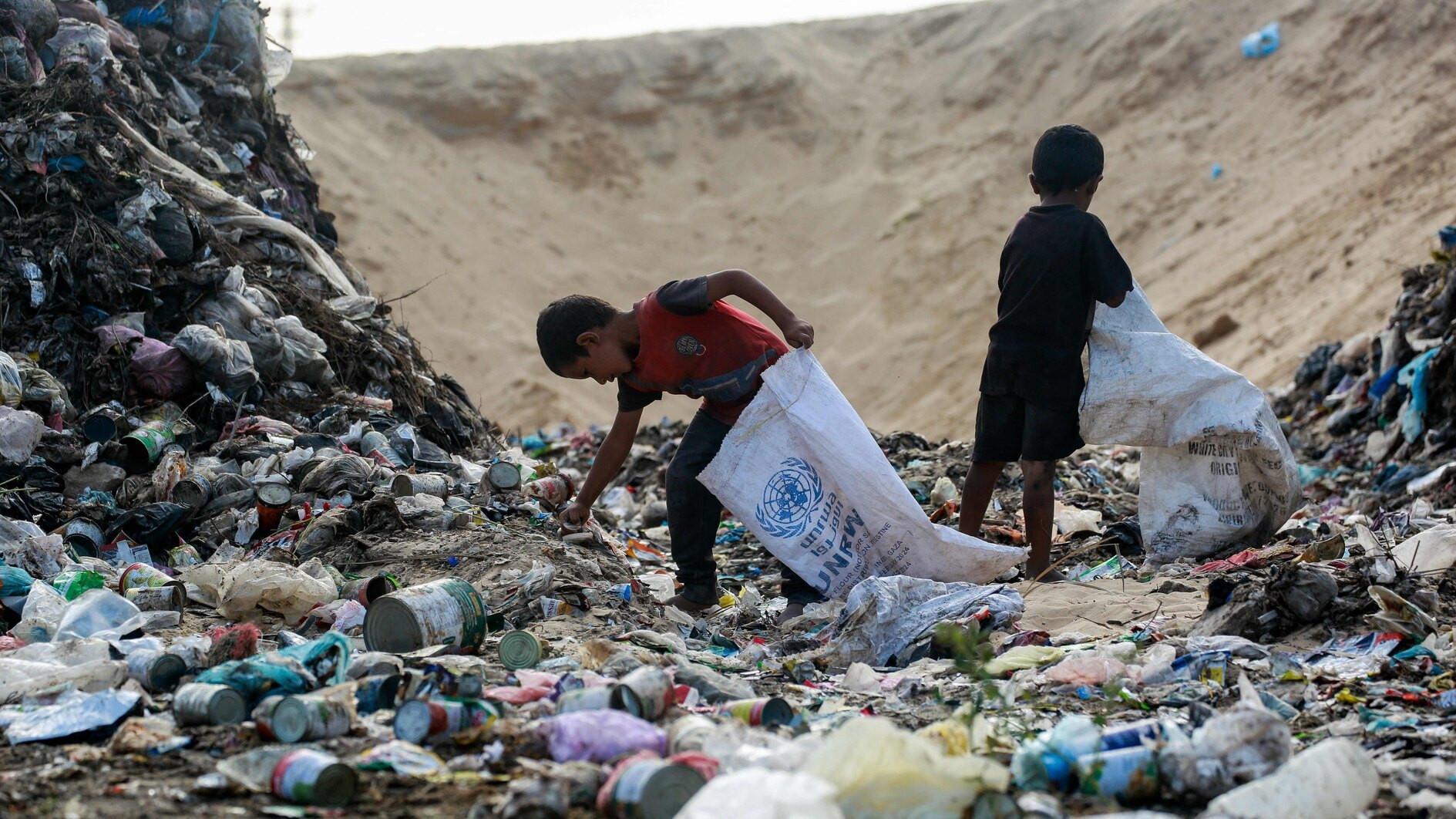Morocco art scene hosts Turkish photographers
CASABLANCA - Hürriyet Daily News

From Alex and Felix, the sale features series “Queen Revolver,” which is a surreal look at the world likened to a combination of works by photographer LaChapelle. Burçak Bingöl’s work
The Moroccan Company of Artworks and Items (CMOOA) will present a unique set of contemporary works from Arab, Turkish and Iranian photographers Nov. 26 in Casablanca.
About 70 photographs will be for sale from Turkish contemporary artists like Shirin Neshat, Reza Aramesh, Youssef Nabil, Moataz Nasr, Shadi Ghadirian, Mohamed El Baz and Alex and Felix.
Shining the spotlight on Turkish art
From the duo Alex and Felix, the sale will feature their series “Queen Revolver,” which features a surreal look at the world likened to a combination of works by photographers David LaChapelle and Gilbert & George. “Queen Revolver” shows very stylish women with a lot of make-up posing in a dreamlike pop-culture setting designed with everyday artifacts.
Zeren Göktan’s “Black Swan Event #2” (2011) questions the unpredictable course one’s life can take to lead to displacement. Depicting images of abandonment and destruction, the work forces the viewer to ignore his or her own experience. Asking viewers to let go of the desire to rationalize the improbable, the artist pushes the audience to embrace the inexplicable events of life.
The theme of the unexpected is also at the foundation of Burçak Bingol’s work featured at the art sale. In her series “Unforeseen Transformation” (2011), Bingol depicts everyday utensils, such as a gas cylinder and a jerry can made of ceramic, decorated with colorful patterns. Carried by a woman with carefully staged poses, these artifacts take on new dimensions.
Iranian photographers
The sale also includes a set of photographs by figures from the Iranian art scene. With “Summer 53 #4” (2008), Shirin Neshat sends the audience back to 1953, the year when everything changed in Iran following Prime Minister Mohammad Mossadegh’s overthrow. The event is represented by demonstrations photographed in Casablanca in 2008.
“Action 46” (2008) and “Action 72” (2009) are two photographs for sale from Reza Aramesh’s remarkable series “Action.” In these photos, Palestinians sit blindfolded on the ground and Koreans are shown arrested because of their political beliefs. Each of his photographs reproduces images of war and arrests collected by the press. Reenacted in museums, these scenes take place without uniforms or arms. Nothing but the mechanics of submission remains visible.
Also featured is the series “Today’s Life and War” (2008) by Gohar Dashti. It tells the story of inheriting the consequences of war after the Islamic Revolution in Iran. From the violence that touched every aspect of daily life, the photographs depict the life of a couple in a battlefield, hanging their laundry to dry on barbed wire or laying down and watching television at the front of a bunker.
Arab artists
Another highlight of the sale is Egyptian artist Youssef Nabil’s “Ehsan and Light, Cairo” (1993). Taken in black and white before being colored in by hand, the piece depicts a sublime bejeweled actress whose eyes follow the viewer, with her arms indolently wrapped around a projector. As a symbol of Egypt, Ehsan is a sensual woman whose light shines for eternity.
Another Egyptian, Moataz Nasr is represented by his work “Insecure” (2006). The piece shows faces from the Middle East reflected in the water or shown in portraits. In “Insecure,” Nasr represents a society in which a conversation is developing on human insecurity, the instability of human existence and the inability to recognize ourselves.
Continuing his work on illusion, Bahraini Faisal Samra shows in a triptych photograph, “Performance # 50” (2008), the lies of time and history. Faces are in bits and pieces, hidden under veils or bandages or with blurred features that disintegrate the identity. By revealing the distortions of reality, following in the footsteps of Francis Bacon, the artist sends the message that image is nothing but an illusion.
Similar themes are at work in Iraqi photographer Halim al-Karim’s work. His triptych from 2002 depicts pale and blurred faces, with scotch taped mouths and clear, penetrating eyes. Colored, scanned and painted, the work is constructed in successive layers as a metaphor for time and a representation of the wounded, exiled and dehumanized memory.
A big portion of the sale is dedicated to young Moroccan artists, to whom the CMOOA is committed to encouraging. Following the example of photographers Richard Avedon and Robert Frank, who depicted works that “X-rayed” America, the series “The Moroccans” (2011) by Leila Alaoui can be considered as an investigative work of Morocco’s cultural, ethnic, social and economic diversity.
Hassan Hajjaj, widely regarded as the inventor of cosmopolitan pop art from Marrakech to the major European capitals, reflects through “MUSA” his multicultural experience. He uses symbols, brand logos and images of women with transformed niqabs.
Combining photographs taken from a car and on a backdrop reminiscent of the series “Gun” by William Klein, the triptych “Casablanca, New York, Bamako” (2010) by Mohamed el-Baz is an enigmatic work in the form of a riddle questioning the role of art. It features the images of a fragmented and totally elusive reality
















